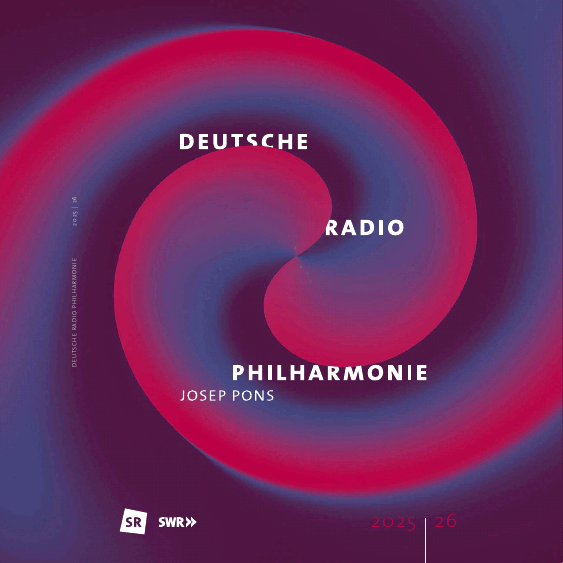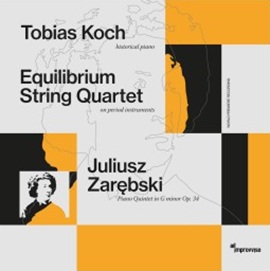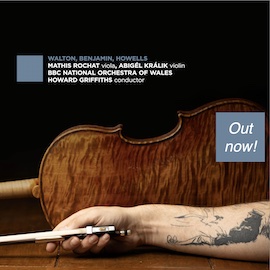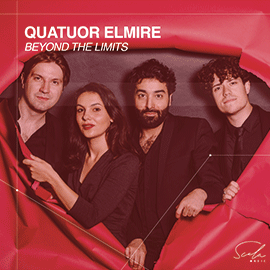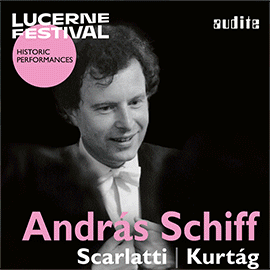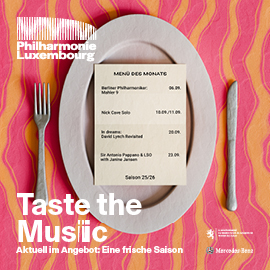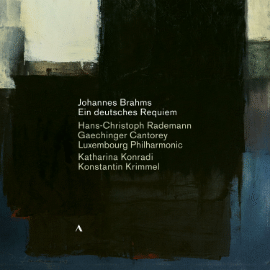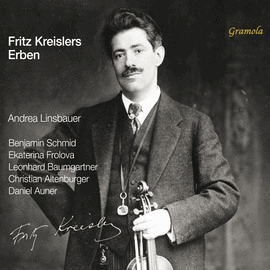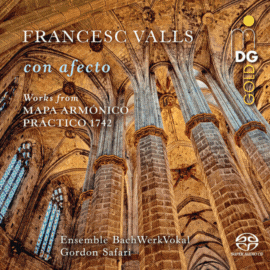Es gibt nicht viele Komponisten, deren Kompositionen für Tasteninstrumente so divergierend interpretiert werden wie Scarlatti. Da gibt es sehr klassische oder auch romantisierende Cembalo-Interpretationen, sehr klassische oder auch romantische Klavier-Versionen mit allem, was in dieser Bandbreite anzusiedeln ist.
Javier Perianes weiß sehr wohl, dass er Klavier spielt und will partout nicht das Cembalo nachahmen. Er nutzt die Klangmittel des modernen Flügels voll aus, um die Sonaten zu differenzieren.
So gelingt ihm eine höchst charmante Interpretation. Der Farbenreichtum und die dynamischen Schattierungen sind reizvoll. Aber mehr noch gefallen einerseits der feinen Humor anderseits die Melancholie, die Perianes diesen Sonaten angedeihen lässt.
Durch ihn kommt die Volkstümlichkeit der Musik Scarlattis gut zur Geltung. Der Einfluss von volksmusikalischen Elementen insbesondere den rund 555 Sonaten ist groß, wobei der zwar in Italien geborene aber lange in Spanien und Portugal beheimatete Scarlatti die Musik dieses Länder vor allem durch rhythmische Muster aufnahm. Der Spanier Perianes dürfte das besonders gut gespürt haben.
There are not many composers whose compositions for keyboard instruments are interpreted as divergently as Scarlatti’s. There are very classical or even romanticizing harpsichord interpretations, very classical or even romantic piano versions, with everything in between.
Javier Perianes knows very well that he plays the piano and has no desire to imitate the harpsichord. He makes full use of the tonal resources of the modern grand piano to differentiate the sonatas.
This results in a highly charming interpretation. The richness of color and dynamic nuances are appealing. But even more appealing are the subtle humor and melancholy that Perianes brings to these sonatas.
He brings out the folksiness of Scarlatti’s music. The influence of folk music elements is particularly strong in the 555 sonatas, with Scarlatti, who was born in Italy but lived for a long time in Spain and Portugal, absorbing the music of these countries mainly through rhythmic patterns. The Spaniard Perianes must have felt this particularly well.



